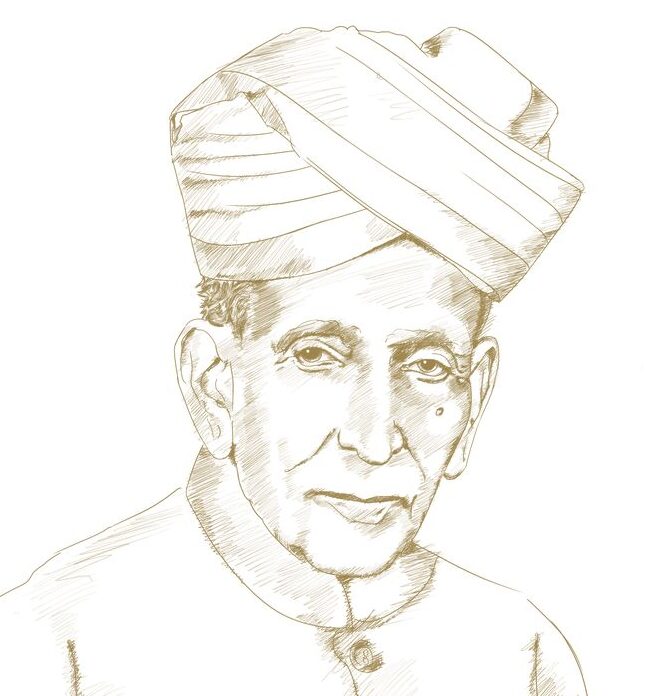Since gaining independence in 1947, India has prioritized public works as a cornerstone of its National Development strategy. Public infrastructure development was seen not only as a means to boost economic growth but also as a way to improve social equity, reduce poverty, and promote national unity across its diverse regions. From dams and irrigation systems to roads, railways, and digital infrastructure, post-independence public works have played a critical role in shaping modern India.
The Early Years: Focus on Irrigation and Energy
In the initial decades following Independence, India was largely an agrarian economy. The government focused heavily on developing large-scale irrigation projects to address this and make the country self-sufficient in food production. Prime Minister Jawaharlal Nehru famously referred to dams as the “Temples of Modern India.” Iconic projects like the Hirakud Dam, Bhakra Nangal Dam, and Nagarjuna Sagar Dam were among the earliest and largest undertakings, intended to provide both irrigation and hydroelectric power. These projects were crucial for India’s Green Revolution in the 1960s, dramatically increasing agricultural productivity and ensuring food security.
Apart from irrigation, energy generation was another primary focus. Thermal and hydroelectric power plants were constructed across the country to fuel the growing industrial sector. Infrastructure planning aimed to promote regional economic balance by establishing industrial facilities in economically weaker states, such as steel plants in Bhilai (Chhattisgarh), Durgapur (West Bengal), and Rourkela (Odisha), as part of the Nehru-Mahalanobis economic model. This decentralized approach helped bring development and employment to multiple regions across India.
Building Connectivity: Roads, Railways, and Ports
Transportation infrastructure became another major area of public works, essential for connecting India’s vast and diverse regions. The expansion of the Indian railway network, begun under British rule, continued post-independence with a focus on connecting remote regions. The government launched projects to establish broad gauge tracks and modernize rail services to make the railways accessible and efficient for passenger and freight movement alike.
Road construction became a national priority with the launch of the National Highways Development Project (NHDP) in the early 2000s. The Golden Quadrilateral, a highway network connecting Delhi, Mumbai, Chennai, and Kolkata, was one of India’s largest highway projects, designed to foster trade and transport efficiency. This expansion of road infrastructure reduced travel time and boosted economic integration across states. Similarly, ports like Jawaharlal Nehru Port in Mumbai and Chennai Port were modernized to enhance India’s trade capacity and support global connectivity. PMGSY was another milestone initiative which linked the rural India to urban infrastructure in a most efficient way by providing all weather connectivity to remote villages across the country.
Modern Era: Digital Infrastructure and Urban Development
With advancements in technology, India’s public works agenda has expanded beyond traditional infrastructure to include digital and urban development projects. The launch of the Digital India initiative in 2015 aimed to provide digital access to every citizen, enhance internet penetration, and establish digital services across sectors, including banking, health, and education. Under this initiative, BharatNet was developed as a rural broadband project to connect over 250,000 villages, bridging the digital divide.
Urban development, particularly through the Smart Cities Mission, is another key focus. This project aims to modernize selected cities with sustainable infrastructure, improved public services, and efficient urban management. Initiatives such as affordable housing, waste management, and renewable energy integration reflect India’s commitment to creating smart, sustainable urban spaces.
The Impact of Public Works on National Development
Post-independence public works have played a fundamental role in India’s socio-economic transformation. From ensuring food security and energy supply to connecting regions through transport infrastructure, these projects have laid the foundation for a more integrated and prosperous nation. Recent public works that focus on digital and urban infrastructure demonstrate a shift toward sustainability and modernization, aligning with global development goals and India’s aspirations as a rising economy.
In conclusion, public works in post-independence India have evolved from basic infrastructure to complex, multifaceted projects aimed at fostering economic, social, and technological progress. The continuous expansion and modernization of India’s public infrastructure underscore the nation’s enduring commitment to inclusive growth and development in an increasingly interconnected world.
# Edited and compiled by Mr. S.K. Mishra (Sr. D.A.O.)
## Photograph of Sir M. Visvesvaraya is from the Internet




Leave a Reply